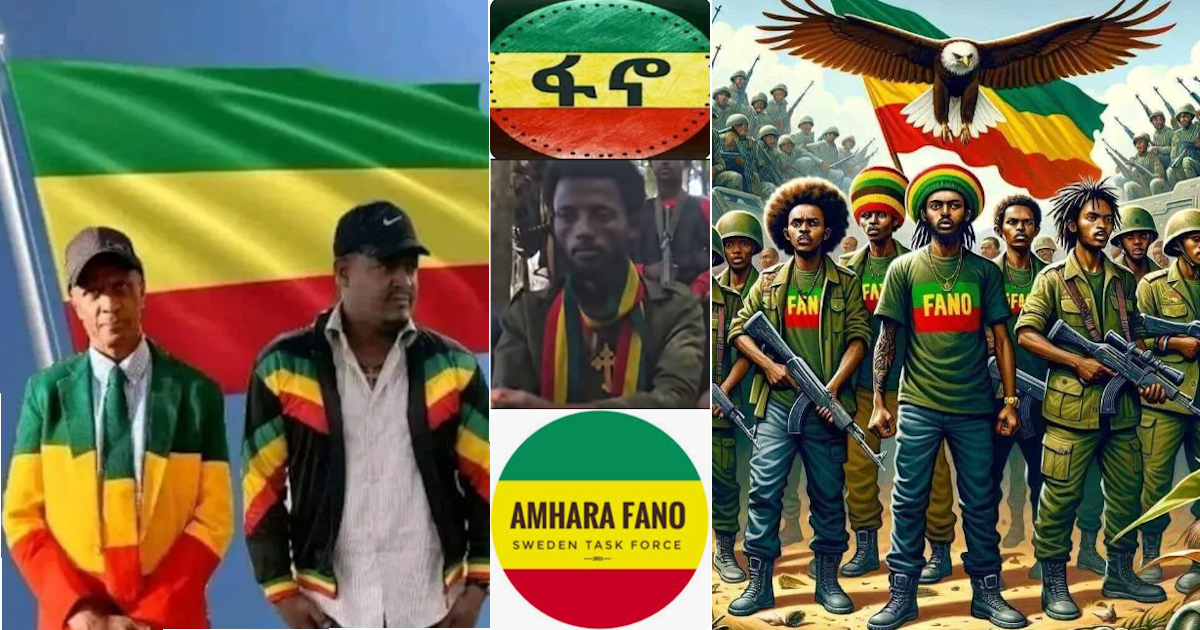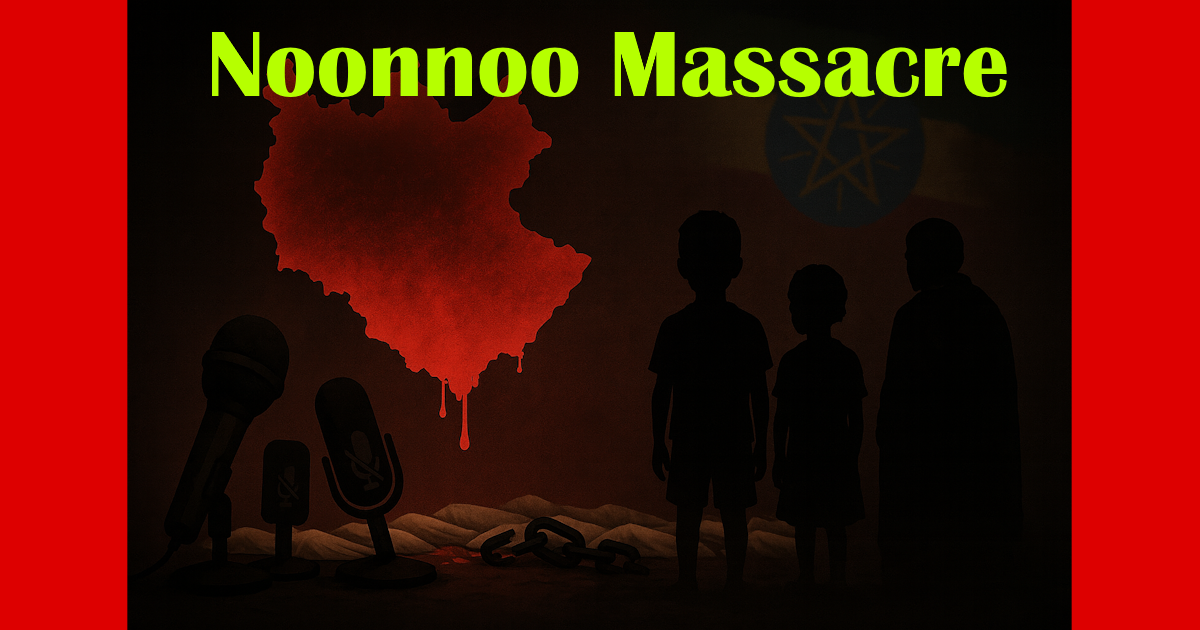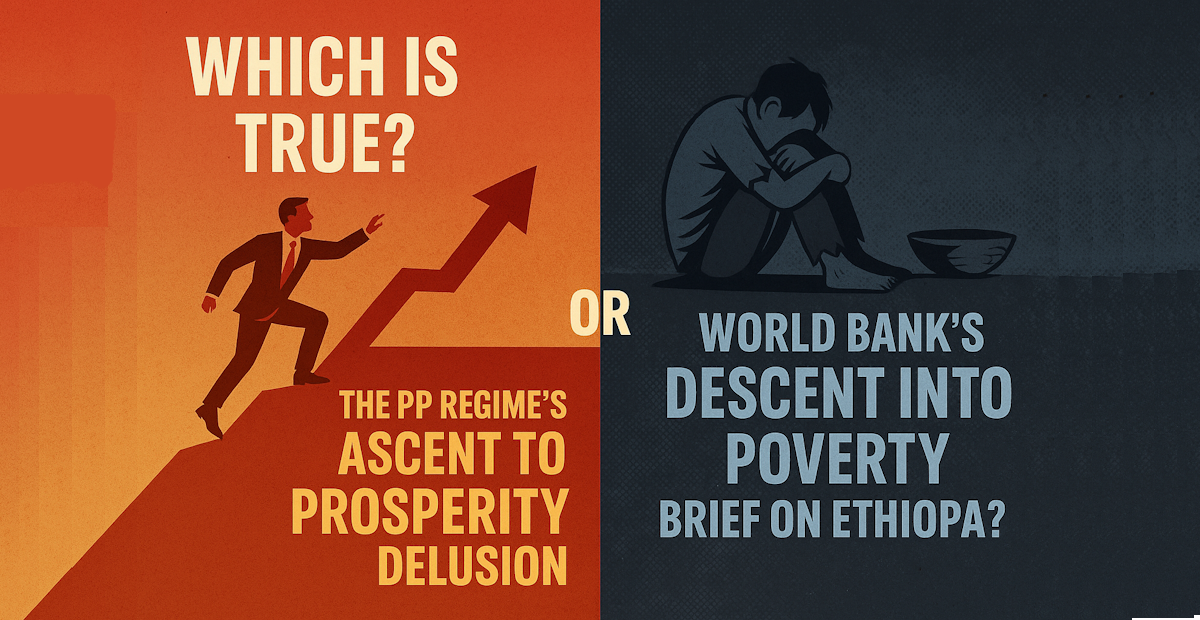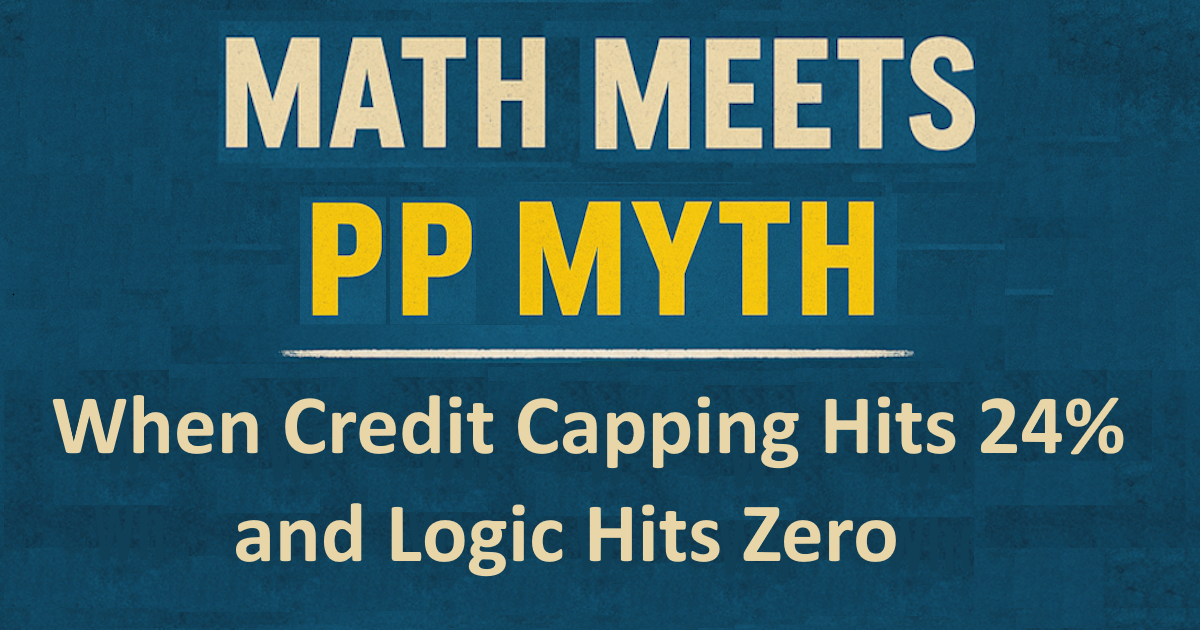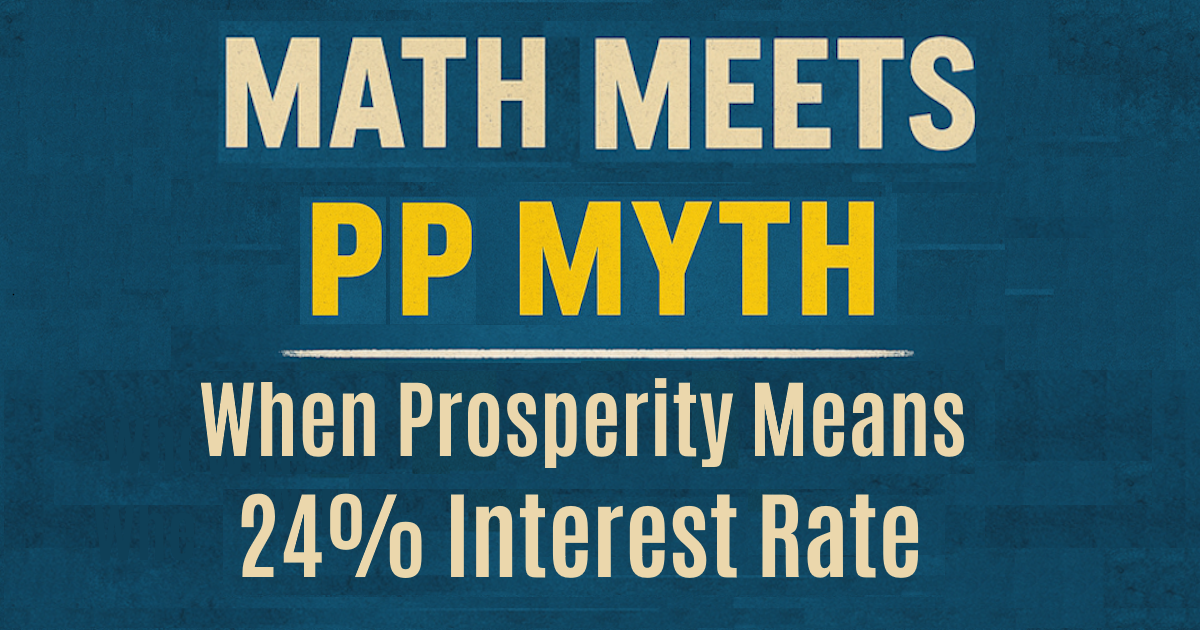Hacaaluu Hundeessa: A Loss That Shook the Soul of a Nation

Understanding National Grief
We see now why the death of a single individual can shake the psyche of an entire nation. We see it not as hyperbole, but as lived reality—etched into the Oromo experience. The tragic and unresolved killing of Hacaaluu Hundeessa did not merely end a life; it fractured a collective heart. It sent shockwaves through a nation already bruised by historical betrayals, cultural suppression, and systemic silencing. To understand this, we must step into the overlapping worlds of psychology, sociology, and history.
Hacaaluu as a Symbol of Collective Hope
Hacaaluu Hundeessa was not merely a musician. He was a living embodiment of Oromo hope and pride. Through his songs, he articulated the unspoken grief of generations, gave rhythm to the resistance, and sang dignity into identity. His artistry was more than melody—it was a medium of healing and awakening. We see now that his voice became part of the Oromo self, internalized by millions. His music didn’t just narrate life; it narrated their life.
So when he was killed, it wasn’t just an artist lost. It was a brutal interruption to the collective self-narrative. Psychologically, that’s not just loss—it’s identity trauma.
Cultural Trauma and Collective Memory
According to cultural trauma theory, when a group experiences a violent disruption—especially to its symbolic core—that trauma embeds itself in their collective memory. Hacaaluu’s death wasn’t just an individual assassination; it was a traumatic flashpoint in a long arc of oppression, from colonial assimilation to modern political manipulation.
We see how his death re-opened these historical wounds. It turned private pain into public mourning. The trauma was not buried—it was broadcast, processed, and encoded into Oromo consciousness. His funeral was not just ceremonial—it was sociological, therapeutic, and revolutionary.
Mourning as Resistance
In contexts of injustice, mourning is never neutral. It becomes a political act. Public grief challenges imposed silence. It asserts the value of a life the system deemed expendable. When Oromos poured into the streets to grieve, they weren’t just weeping—they were resisting.
Funerals, in this light, are not only for closure but for continuation. They become protest marches with tears. Grief becomes solidarity. We see now why the state feared Hacaaluu in life and sought to contain his legacy in death. They understood, perhaps more than most, the power of a symbol.
Charisma and the Shattering of Meaning
Sociologist Max Weber spoke of charismatic legitimacy—when authority comes not from position but from inspiration. Hacaaluu had that rare power. People trusted him, believed in him, saw themselves through him. When such a figure dies, it leaves a vacuum not just of leadership but of meaning. Durkheim noted that societies can experience anomie—a state of normlessness—when shared symbols collapse.
We see that Hacaaluu’s death left many feeling orphaned, not only emotionally, but culturally. A sacred voice was silenced, and the silence still screams.
Comparative Reflections: Global Echoes of National Loss
Steve Biko was the face of Black Consciousness in South Africa. His ideas gave language to dignity, and his death intensified resistance to apartheid. Like Hacaaluu, he was more dangerous to the regime dead than alive—because martyrdom multiplies meaning.
Che Guevara, slain in Bolivia, transcended his geography. His image became the face of anti-imperialist struggle. His death mythologized him, making him immortal in revolutionary iconography.
Malcolm X and Martin Luther King Jr. shook the American conscience. Their assassinations created generational trauma among Black communities. Their words, like Hacaaluu’s songs, live on because they became vessels of unresolved dreams.
Thomas Sankara of Burkina Faso was a visionary whose assassination halted a pan-African renaissance. Youth today still invoke his name—much like Oromo youth—the Qarree & Qeerroo (Q&Q)—invoke Hacaaluu’s lyrics—as inspiration and indictment.
Naji al-Ali, the Palestinian cartoonist, used his art to voice his people’s pain. His assassination silenced a pen, but his character Handala still stares, arms crossed, symbolizing the uncompromised conscience of a people.
The Psychological Dimensions
We see now how attachment theory—usually used to explain personal relationships—applies here too. Oromo youth, elders, and even children formed parasocial bonds with Hacaaluu. His death triggered real mourning. His presence in their lives, though not personal, was profoundly intimate.
Identity psychology tells us that people internalize figures like Hacaaluu into their self-understanding. When such a figure is violently removed, it’s as though a part of the self is amputated.
And finally, there’s the disruption of narrative. Every liberation story needs a hero. When that hero is killed mid-story, the audience doesn’t just feel sad—they feel lost. It’s like someone burned the last chapter. We see now why his death haunts us. It didn’t end a story. It suspended it.
Why It Hurts So Deeply
Hacaaluu’s death wasn’t just tragic—it was emblematic. He symbolized what Oromia could be. He stood at the fragile intersection of cultural rebirth and political possibility. His killing felt like a message: “You will not sing your way to freedom.” And that message pierced deeply. We see why it feels personal.
And we see that this feeling is valid, historically grounded, psychologically mapped, and sociologically explained. His loss echoes because he meant something too big to be buried. He was not only a man of his time—he was the voice of a people’s time.
June is Hacaaluu’s Month
In recognition of his enduring legacy, OROMIA TODAY solemnly declares this month of June as Hacaaluu’s Month. Read more here.
OROMIA TODAY’s Selected Favorites of Hacaaluu’s Music
- Hacaaluu Hundeessaa – Jirra – 2017 (1M views)
- Hacaaluu Hundeessaa – Cabsaa – 2020 (471K views)

